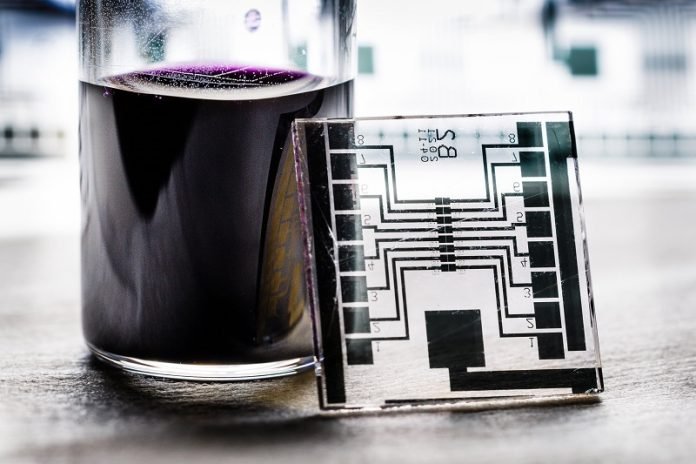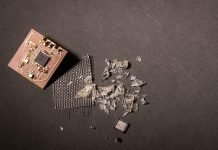
In a groundbreaking move, scientists at Linköping University in Sweden have figured out a way to make electronic materials using water instead of harmful chemicals.
This new method could change how we make everything from solar panels and screens to sensors and medical devices, making the process kinder to our planet.
Published in the journal Nature Communications, their discovery opens doors to more sustainable gadgets and technologies in the future.
Traditional electronics rely on silicon, a material that, while effective, comes with a heavy environmental footprint due to its manufacturing process.
On the other hand, organic electronics, made from special types of plastics called conjugated polymers, offer a lighter, more flexible alternative.
These materials can bend and stretch, making them perfect for new kinds of devices like flexible screens, wearable sensors, and even soft implants for medical use.
However, there’s been a big problem with making these innovative plastics: the process usually needs dangerous solvents that are bad for the environment.
These substances are toxic, flammable, and not something you’d want to release into nature.
The team from Linköping University, led by Simone Fabiano, has found a solution by developing a way to create these plastics using water, a much safer and environmentally friendly solvent.
They’ve created a special kind of ink that’s not only safe to make but also conducts electricity really well.
By using a clever technique called ground-state electron transfer, the researchers managed to avoid harmful chemicals altogether. This method also made the materials perform better, which is great news for the devices they’ll be used in.
When they tested their new water-based ink in solar cells and electronic transistors, the results were impressive.
The solar cells worked better and lasted longer than those made with traditional methods. The transistors, on the other hand, worked at speeds comparable to human neurons, showing potential for use in advanced medical devices and artificial intelligence.
Tiefeng Liu, a postdoctoral researcher in the team, highlighted the significance of this advancement. Their work shows that you can make high-performing electronic materials in a way that’s much better for the environment.
This isn’t just good news for gadget lovers and tech companies. It’s a win for the planet, too. By moving away from toxic chemicals and using water instead, we can make the electronic devices we rely on every day without harming the environment.
Simone Fabiano believes that this new method could revolutionize the field of organic electronics.
It shows that it’s possible to produce electronics on a large scale in a way that’s green and sustainable.
As we look for ways to reduce our environmental impact, innovations like this could play a key role in creating a more sustainable future.
This research not only challenges the way we think about making electronics but also demonstrates that science and sustainability can go hand in hand, paving the way for a greener, more tech-savvy world.




